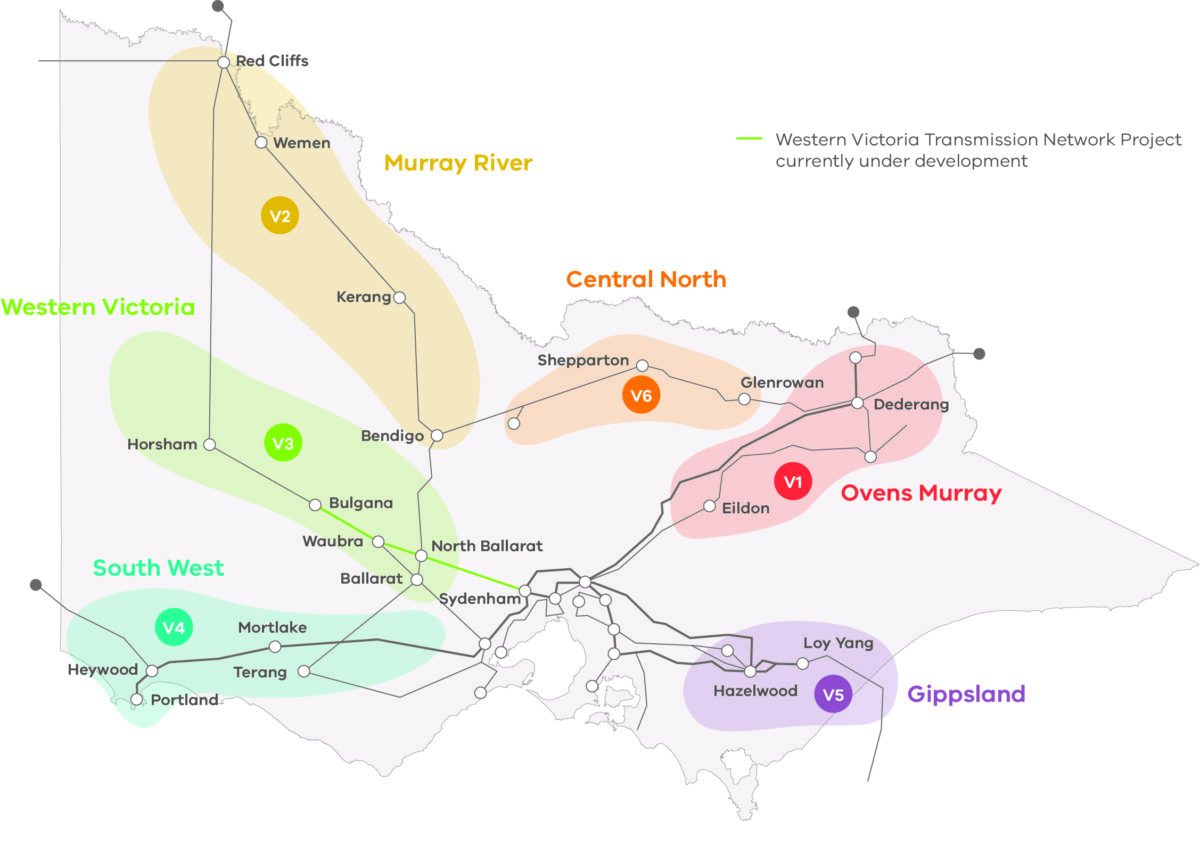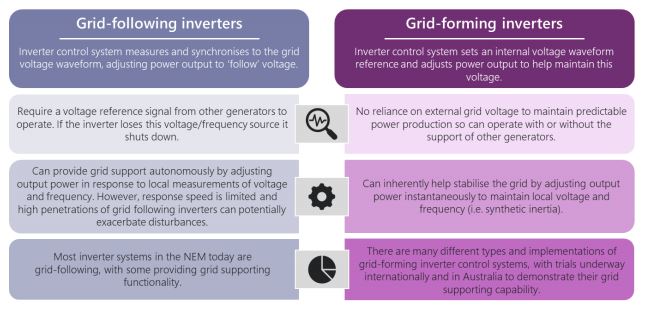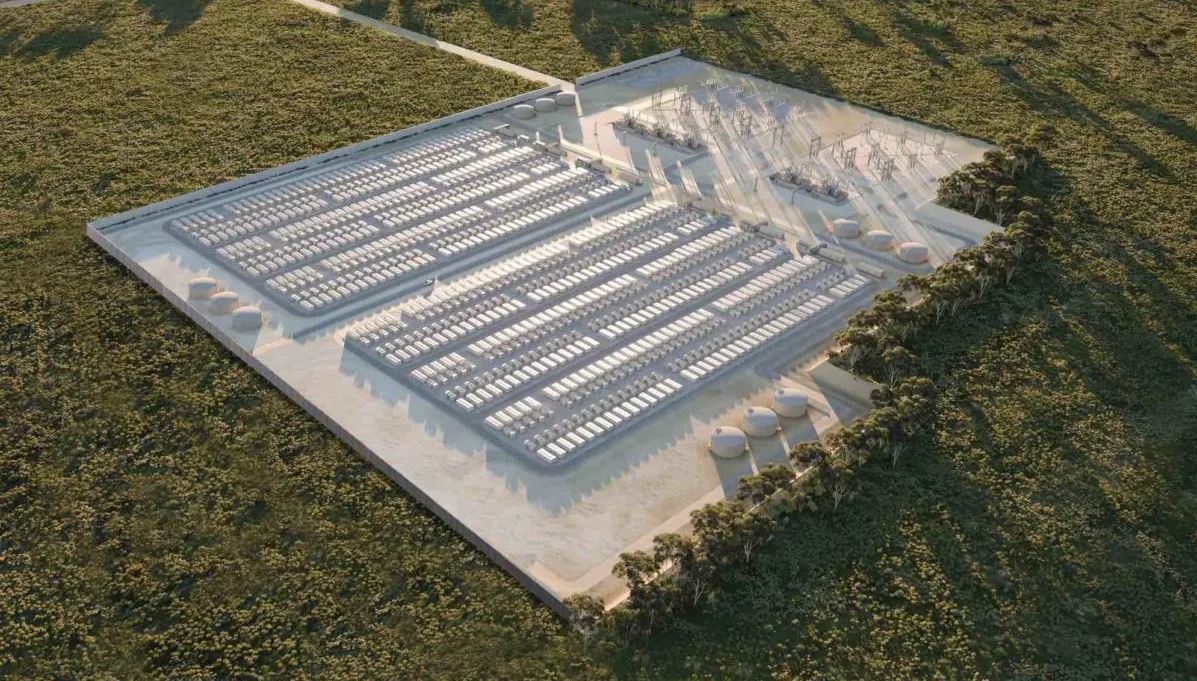The Melbourne Renewable Energy Hub, set to include the Asia Pacific’s largest battery to date, was approved by Australia’s Minister for the Environment and Water, Tanya Plibersek, on Tuesday.
The enormous 1,200 MW / 2.4 GWh battery appears to the Melbourne Renewable Energy Hub’s (MREH) mainstay and is said to be capable of powering over 1 million households. The project also includes a small solar component and could potentially expand to include hydrogen and battery recycling facilities.
The project is to be located on a 90-hectare site in Plumpton, 25 kilometres northwest of Melbourne and is owned by Equis Development, backed by Abu Dhabi Investment Authority and the Ontario Teachers Pension Plan Board. The project was originally developed by Syncline Energy, which first unveiled the plan in 2021, calling it the Melton Renewable Energy Hub. It was rebranded by Equis when it took full ownership of the project in 2022. At the time, it was reported than Equis had committed $1.9 billion (USD 1.22 billion) to the project.
Initially, Equis was aiming for the MREH to enter into operations by 2024. The MREH website currently says that a “notice to proceed for construction is planned for late 2023 with commercial operations expected to commence in 2025.”

Victorian government
Details of the gargantuan battery
In 2022, it was reported the project would use lithium iron phosphate (LFP) chemistry batteries provided by Finnish technology group Wartsila.
“MREH is Australia’s only BESS [battery energy storage system] above 200 MW in capacity that connects to the NEM’s [National Electricity Market’s] high voltage 500 kV transmission system, allowing a volume of electricity to be rapidly dispatched unmatched by other battery storage systems,” Equis has said of the project.
It added that the project has been “uniquely developed” with six separate 200 MW points of connection to the national grid, allowing the battery to satisfy different uses and grid responses simultaneously.
The website also noted the project will replace ‘system inertia’ as coal plants retire, meaning it will deploy grid forming inverter technology capable of providing network support services.

Previous developer Syncline also noted the battery’s position should allow it to support Victoria’s Murray River, Western Victoria and South Victoria renewable energy zones, with Equis adding that it is expected to be capable of stabilising about 1.6 GW of solar power or 1.2 GW of wind generation.
Solar component
The information around the solar component of the MREH project is somewhat confusing, with the project’s website flagging a “1.6 GWh of energy storage and a 12.5 MW co-located solar farm.”
For one, the battery details here don’t seem to be correct, as Plibersek’s media release on Tuesday says the storage capacity will be 2.4 GWh. Moreover, a 12.5 MW solar farm seems comparatively minuscule, though when the project was initially launched by Syncline, it noted the solar component was simply to supply the battery’s ancillary cooling loads and ensure low cost, ‘net-zero’ operations.
Equis
Equis has been in the Australian market for many years and was originally Singapore-based. In 2018, Equis Energy was sold to Global Infrastructure Partners and was renamed Vena Energy. Not long after the sale, however, Equis Development emerged and included much of the company’s previous management.
The MREH project is just one of a 39 renewable energy, battery storage and waste infrastructure projects worth more than $6.5 billion that Equis has said it is currently developing in Australia.
While the MREH is the biggest of its battery projects, Equis has also announced plans to develop a 300MW/1,200MWh battery near Tamworth in New South Wales, a 200 MW/800 MWh energy storage system near Brinkworth in South Australia and two battery projects totalling 250 MW in Queensland.
This content is protected by copyright and may not be reused. If you want to cooperate with us and would like to reuse some of our content, please contact: editors@pv-magazine.com.









11 comments
By submitting this form you agree to pv magazine using your data for the purposes of publishing your comment.
Your personal data will only be disclosed or otherwise transmitted to third parties for the purposes of spam filtering or if this is necessary for technical maintenance of the website. Any other transfer to third parties will not take place unless this is justified on the basis of applicable data protection regulations or if pv magazine is legally obliged to do so.
You may revoke this consent at any time with effect for the future, in which case your personal data will be deleted immediately. Otherwise, your data will be deleted if pv magazine has processed your request or the purpose of data storage is fulfilled.
Further information on data privacy can be found in our Data Protection Policy.